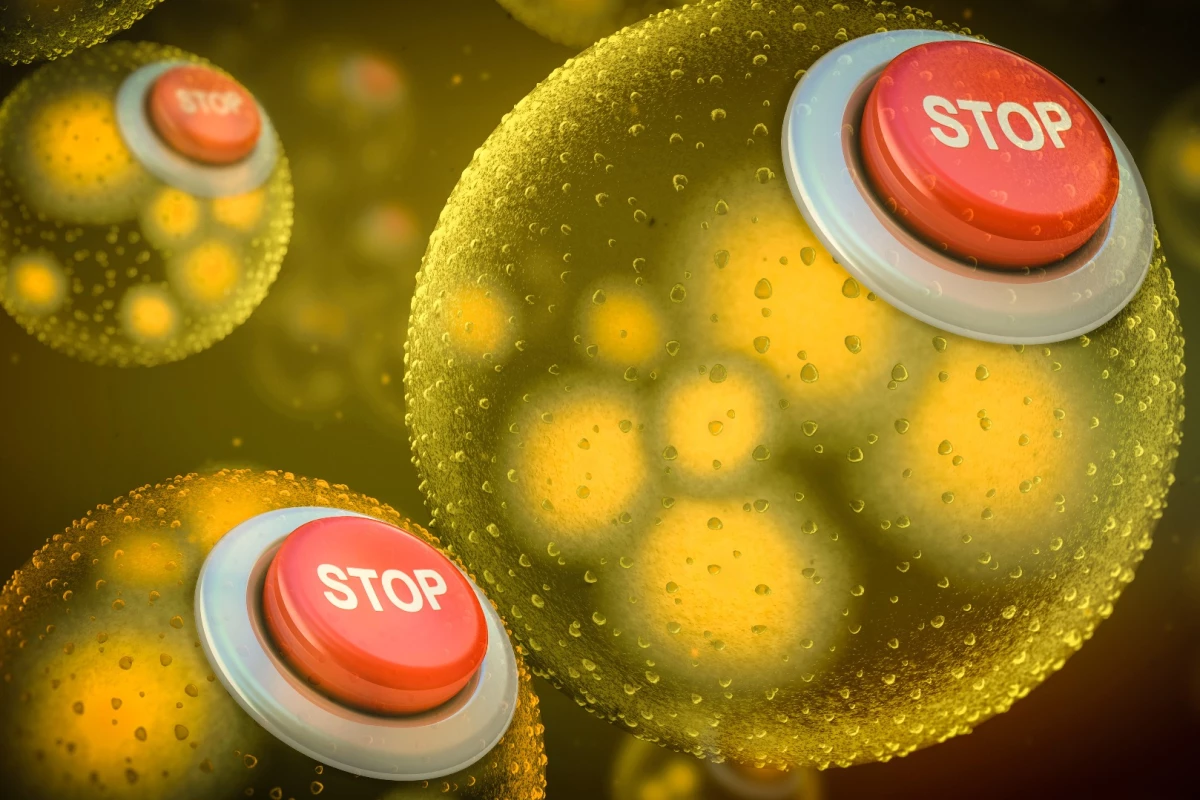A team of MIT scientists has created a pair of mechanisms designed to provide a fail-safe for genetically modified bacteria, with the aim of stopping them from escaping and proliferating outside their intended environment. The measure would make the engineered bacteria much safer.
Genetically-engineered bacteria could one day be used for all sort of things, from monitoring toxins in water sources to moving around the human body to diagnose and treat infections. But in order for widespread use to be viable it's first essential that measures are put in place to shut down the bacteria, should they start behaving in an undesirable manner.
A team of MIT researchers has been working on just that, developing two new solutions that can cause synthetic bacteria to die without the continued presence of certain chemicals. The team describes the solutions as "standalone circuits" in reference to their ability to be attached to a variety of different organisms without the need to make significant adjustments to the host's genome.
The first solution, known as the"deadman" kill switch is inspired by the breaks you would find on old trains, which required the conductor to keep constant contact with the pedal or handle for the vehicle to keep moving.
It makes use of a switch that's able to flip between two states, turning on one of two genes. When a certain molecule is present, the switch stays in a safe state, but once the chemical is removed, it switches, activating a second gene that releases toxins to quickly kill the host bacteria.
The second solution, known as the"passcode" switch, works a little differently. Rather than needing a single chemical to be present, it requires a combination of chemicals to survive. It contains a selection of separate components for sensing small molecules. If not all of the required chemicals are present, then the switch kills the bug immediately.
According to the researchers, the passcode method is more versatile, as the chemical-sensing components can be mixed and matched, allowing scientists to create bespoke kill switches. In theory, it could even be used to protecting intellectual property.
"Imagine that you own a certain bug, and you don't want your competitors to use it," says lead study author Clement Chan. "Then you could incorporate this device so that only people who know the passcode can use your bug."
The findings of the research were published in the journal Nature Chemical Biology.
Source: MIT




